Late winter brings a surge of migratory birds to Taylor County and Perry, Florida. According to the Bird Cast Migration dashboard, 14,500 birds flew into the county just last night (March 2nd), signaling the start of prime birdwatching season.
Here are the key species to watch for this month:

Swamp Sparrow
Small and secretive, Swamp Sparrows prefer wetland habitats with dense vegetation. Look for their rusty cap, gray face, and streaked brownish back. They typically forage low in marshy areas, making Big Bend wetlands ideal spotting locations.
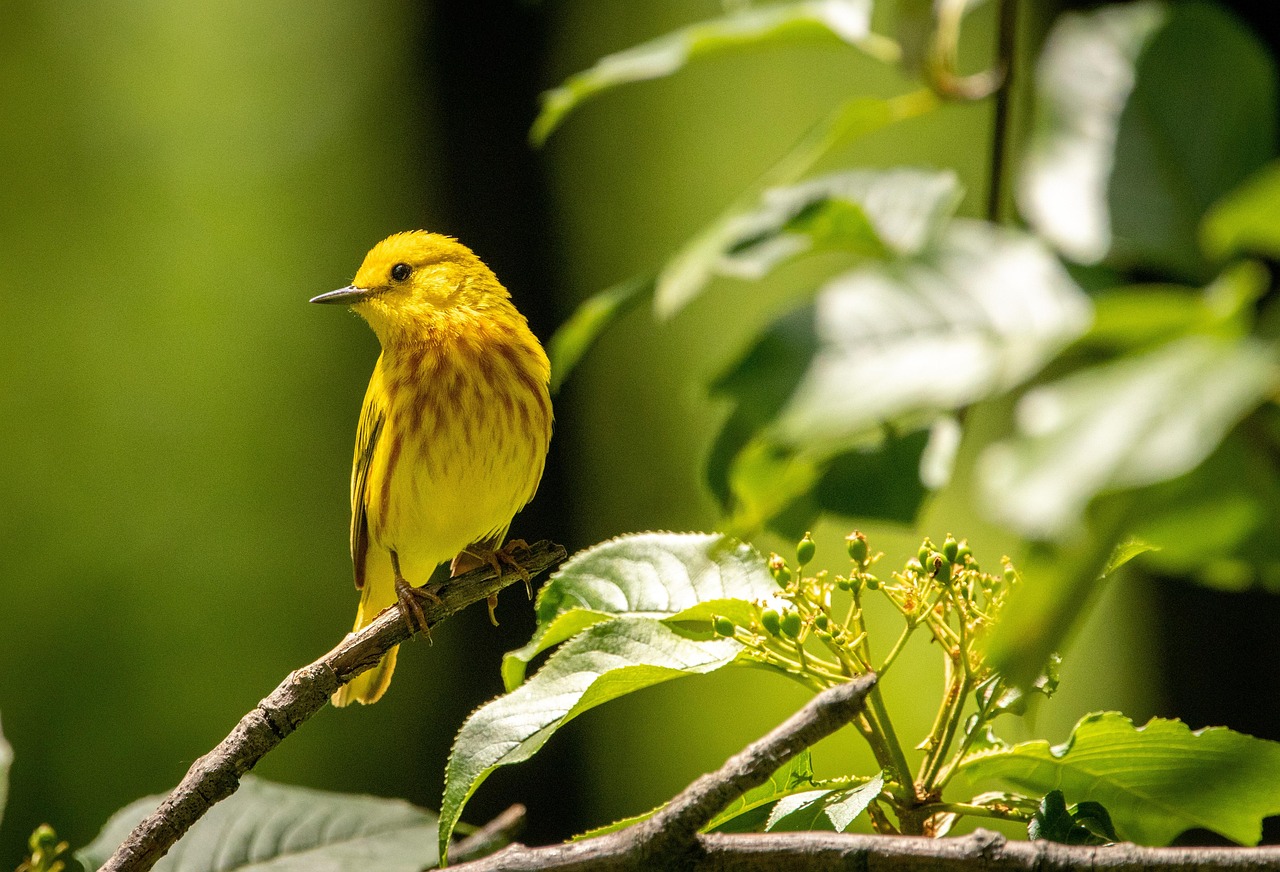
Yellow-rumped Warbler
One of the most abundant warblers during migration, identified by its yellow rump patch, white throat, and gray back with black streaking. These active birds can be found in mixed woodlands and edges, often flycatching from perches.
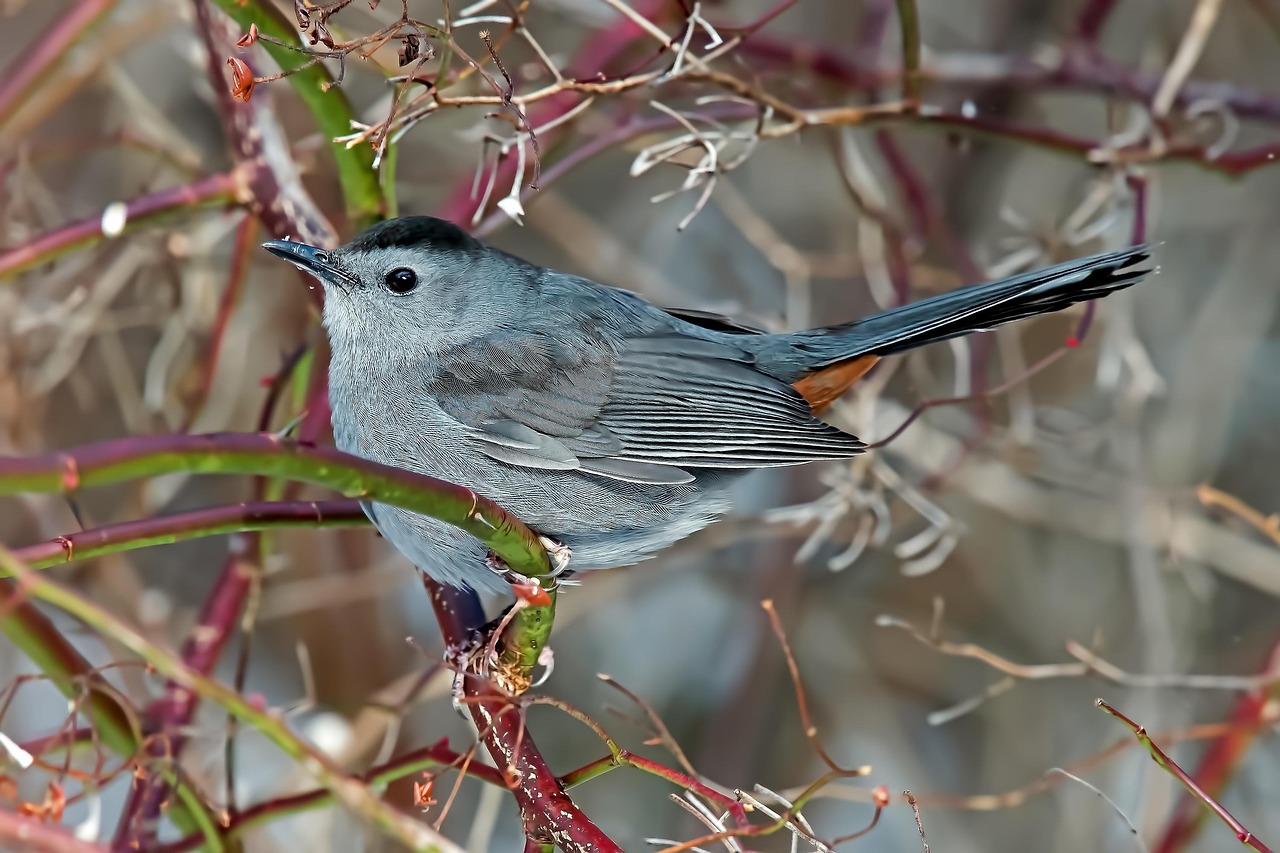
Gray Catbird
With slate-gray plumage and a distinctive black cap, catbirds are best located by their cat-like mewing calls. They prefer dense thickets and woodland edges where they skulk through understory vegetation.
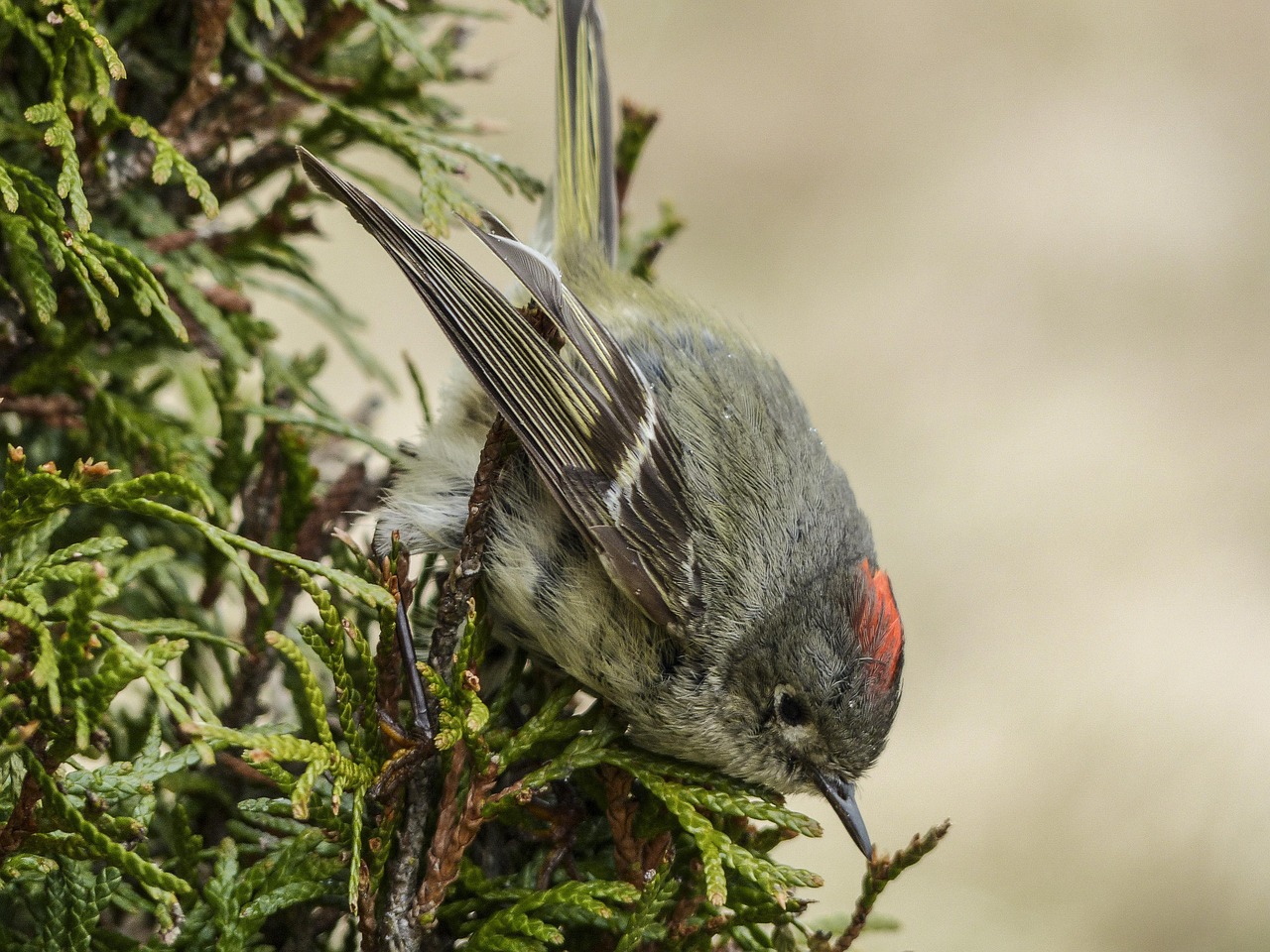
Ruby-crowned Kinglet
Tiny, olive-green birds with white wing bars and a ruby crown patch that males flash when excited. Hyperactive and constantly flitting, these birds can be spotted in mixed deciduous-coniferous forests, often hanging upside-down while foraging.
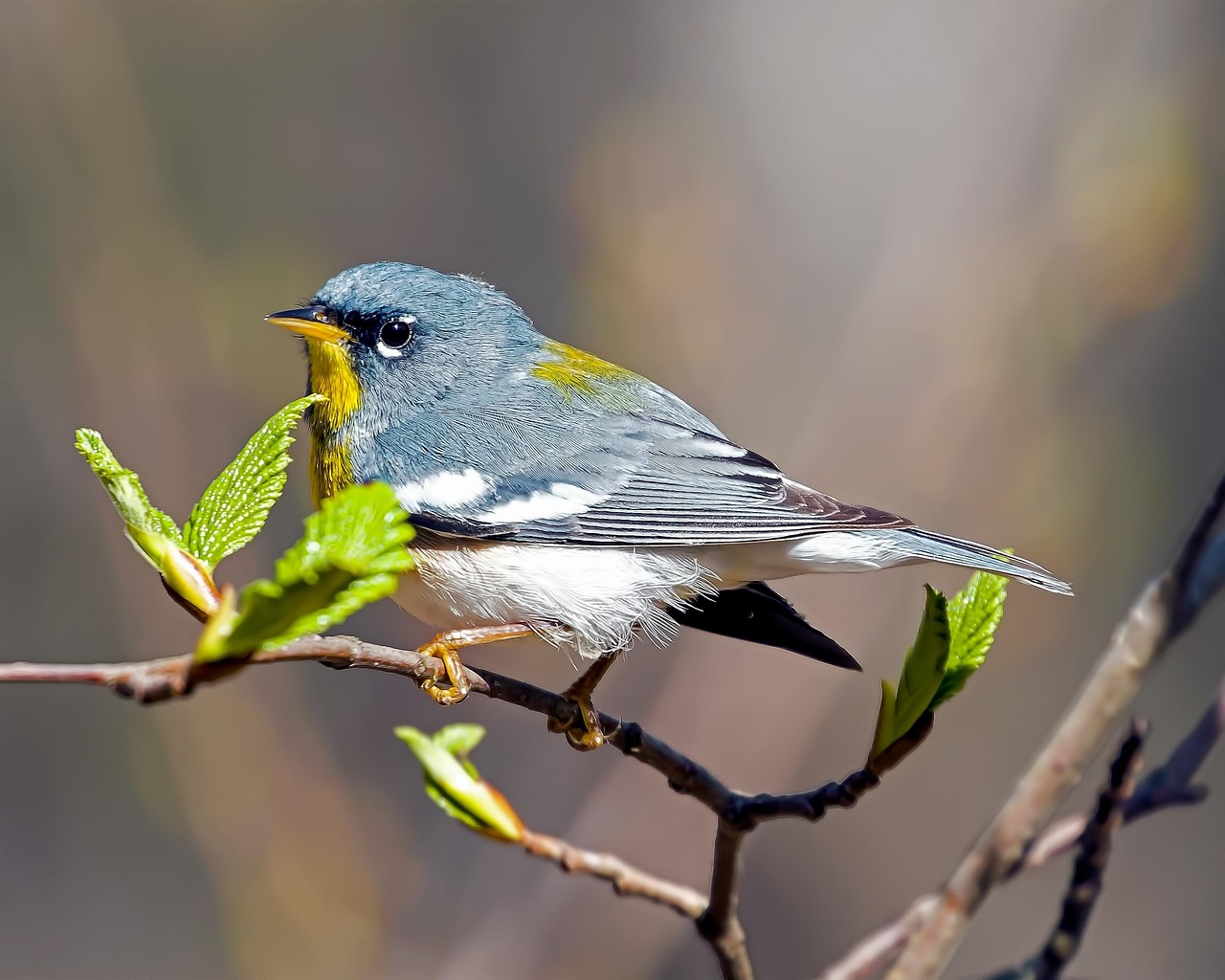
Northern Parula
Small warblers with blue-gray upper parts, yellow throat, and white eye arcs. Look for the distinctive greenish patch on their backs and reddish band across their chests. They favor forest canopies, particularly areas with Spanish moss.
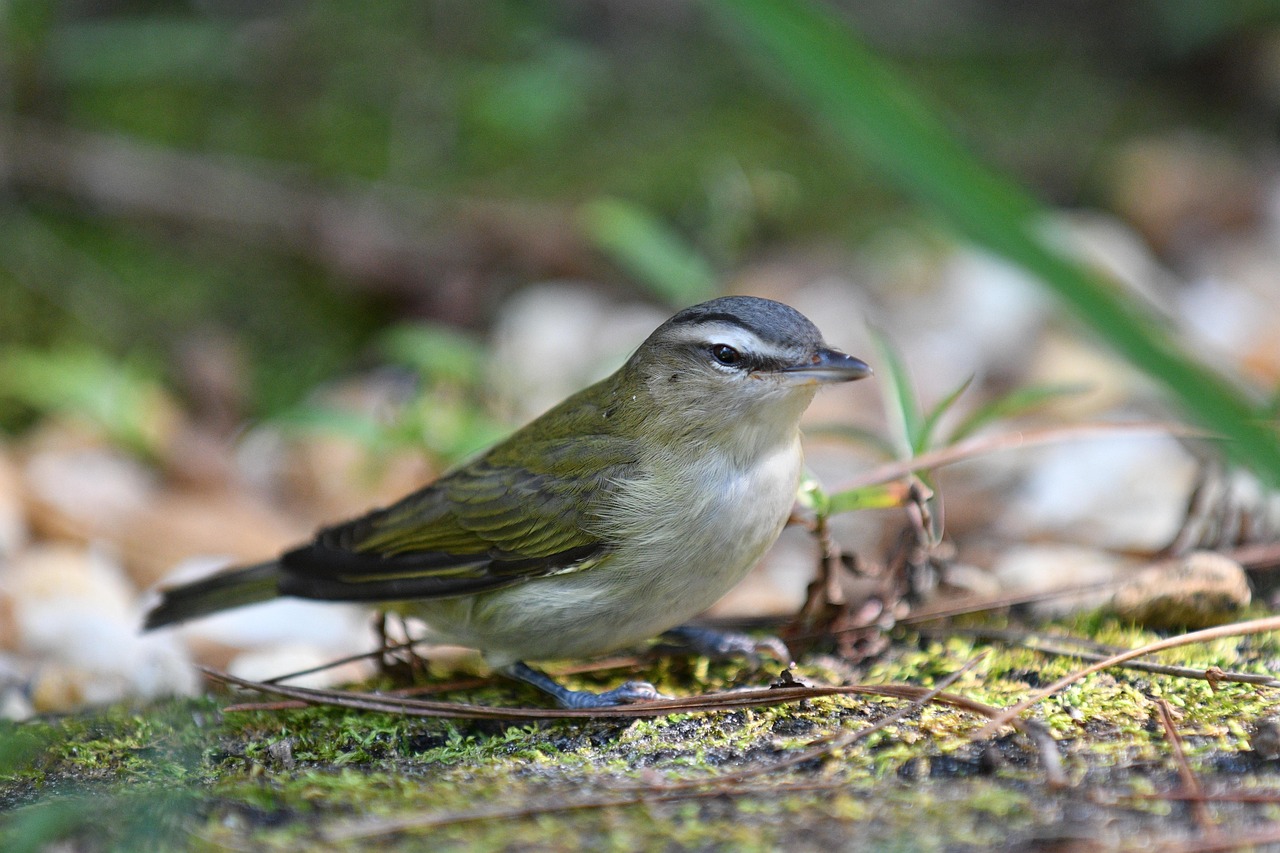
Palm Warbler
Identified by constant tail-bobbing, brownish plumage, and bright yellow undertail coverts. During migration, they’re often found in open areas, forest edges, and occasionally on the ground—unlike many other warblers.
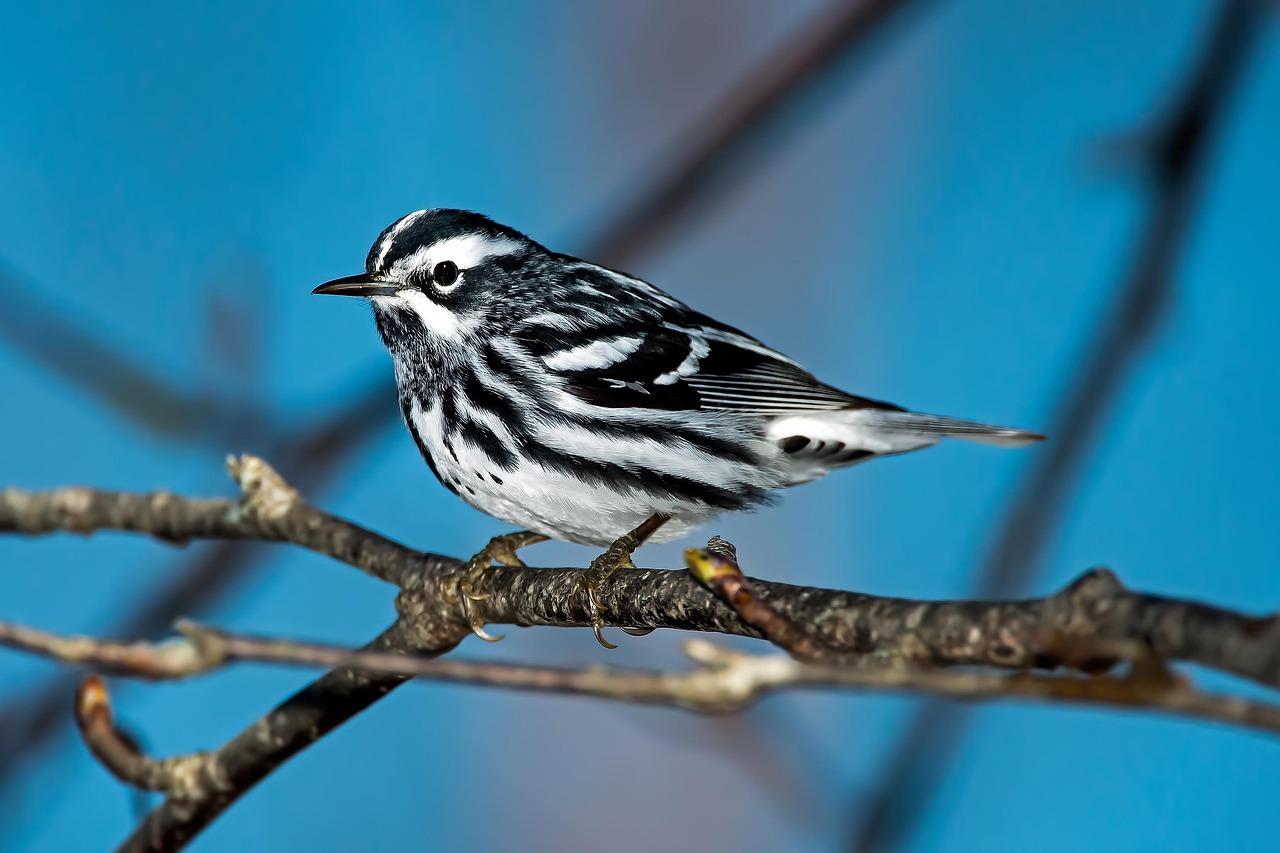
Black & White Warbler
Their striking black and white striped pattern resembles a small zebra. These warblers creep along tree trunks and branches like nuthatches. Listen for their thin, high-pitched songs in deciduous and mixed forests.
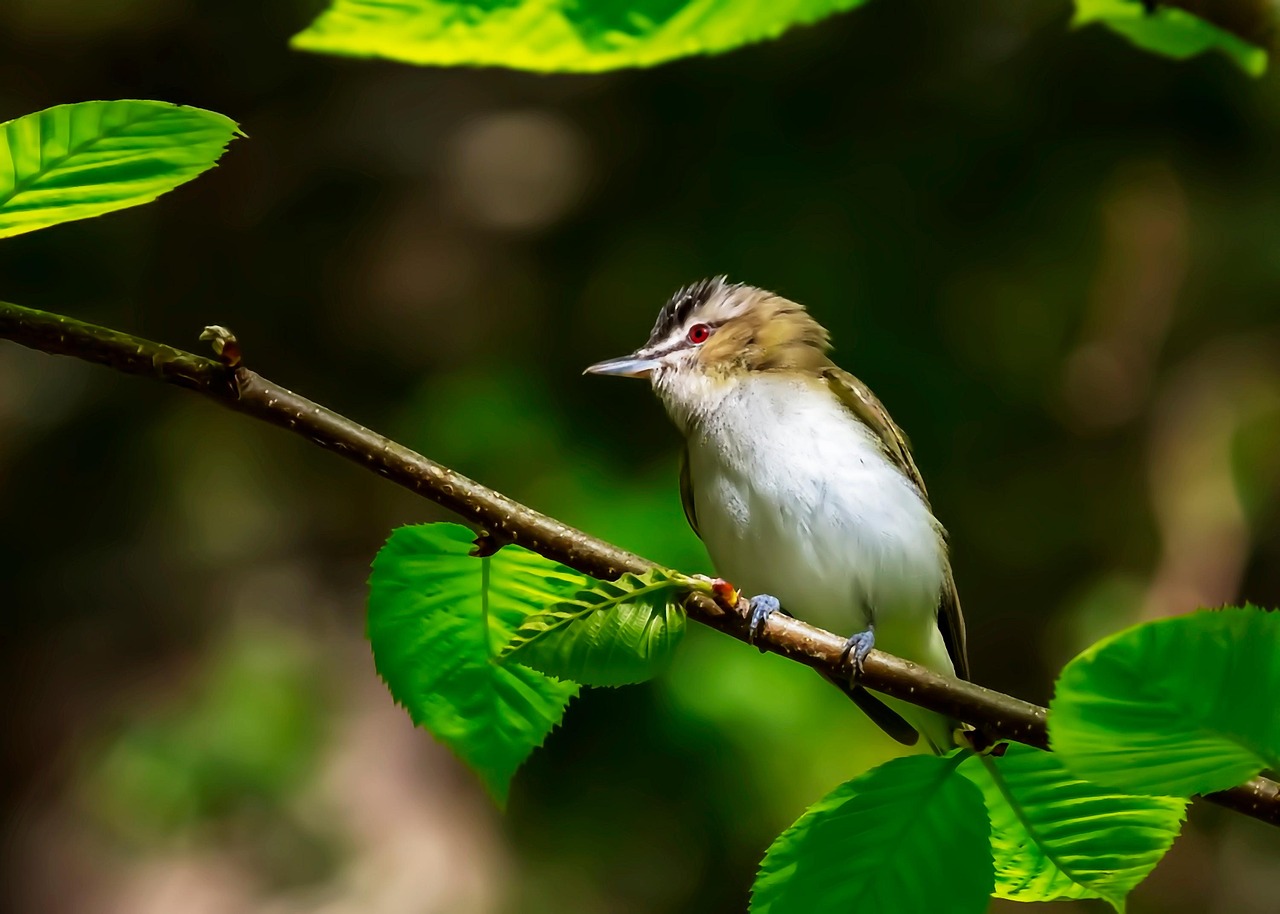
Blue-headed Vireo
Distinguished by their blue-gray head, bold white spectacles, and yellowish flanks. These birds move methodically through mid-story vegetation, carefully examining leaves and twigs for insects.
Photography Tips
- Early morning offers the best light and highest bird activity
- Scout habitat edges where multiple ecosystems meet
- Stay patient at water sources—birds must drink regularly
- The Forest Capital State Park and Econfina River State Park offer excellent access to multiple habitats
Taylor County’s mix of pine flatwoods, wetlands, and mixed hardwood forests makes it an exceptional stopover site for these migrants. With peak migration underway, now is the time to grab your binoculars and camera.

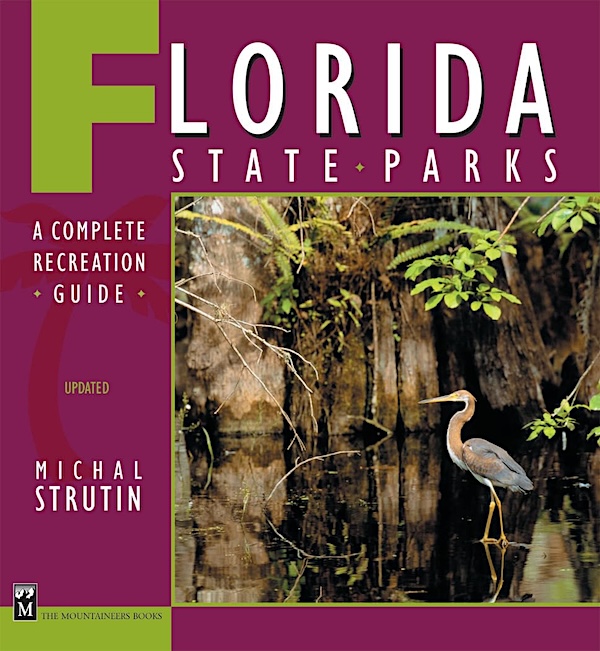

Leave a Reply